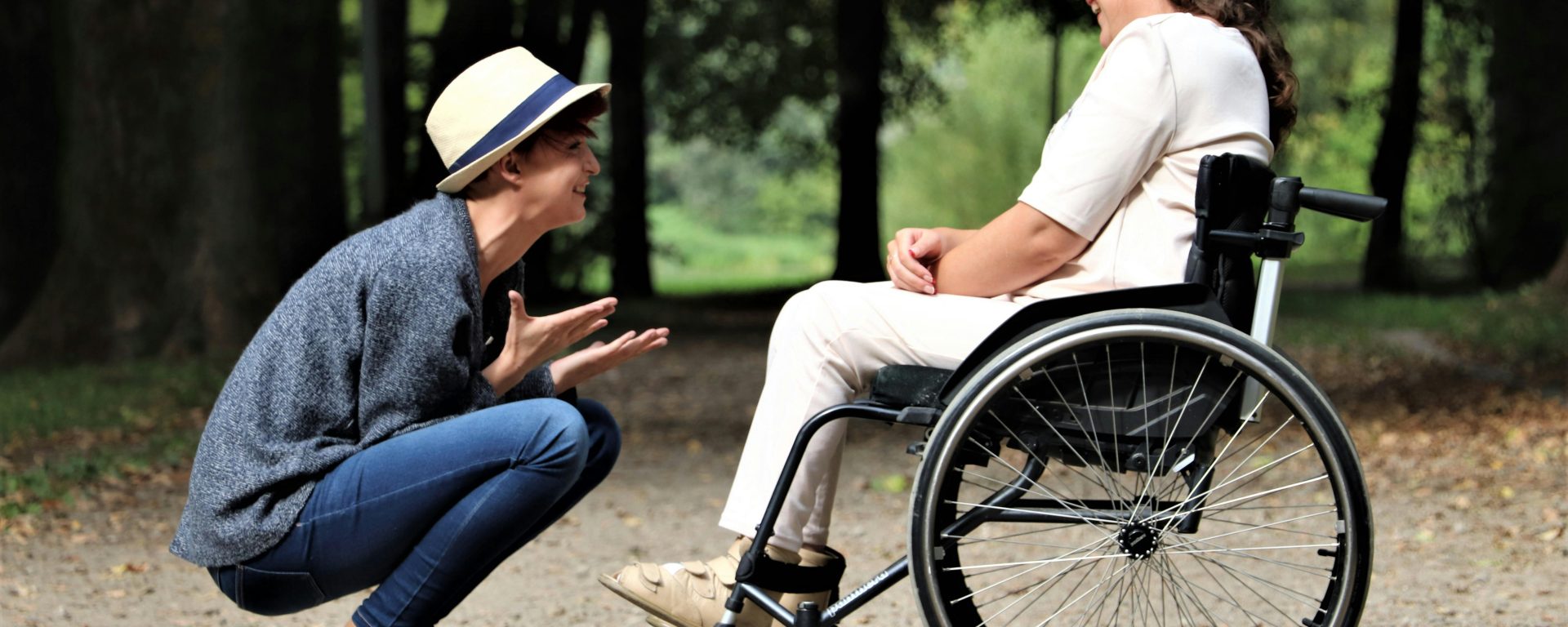Restless Leg Syndrome (RLS) is a common and distressing condition affecting many individuals undergoing hemodialysis, often disrupting sleep and quality of life. Due to the undesirable side effects of medication, many patients are turning to non-pharmacological interventions. In 2016, study conducted by Nahid Shahgholian, Shahrzad Khojandi Jazi, Jahangir Karimian, and Mahboubeh Valiani explored two alternative treatments—reflexology and stretching exercises—to assess their effectiveness in reducing RLS severity.
The research, a randomized clinical trial involving 90 hemodialysis patients from selected hospitals in Isfahan, Iran, aimed to compare the impact of these interventions with a control group. Participants, all diagnosed with RLS through a standardized questionnaire, were randomly assigned to one of three groups: a reflexology group, a stretching exercise group, and a control group.
Both reflexology and stretching exercises were administered three times a week for 30 to 40 minutes over four consecutive weeks. The results, analyzed using SPSS software, demonstrated a significant reduction in RLS severity in both the reflexology and stretching exercise groups compared to the control group. Despite these improvements, there was no notable difference in effectiveness between the two active treatment groups.
The findings highlight the potential of reflexology and stretching exercises as viable non-medication options for reducing RLS severity in patients undergoing hemodialysis. Given the side effects often associated with medicinal treatments, these two approaches offer promising alternatives to help manage symptoms and improve patient well-being.
The researchers recommend incorporating these interventions into patient care, suggesting that regular reflexology or stretching exercises can be an effective part of managing RLS in this population.
Referecne: Shahgholian, N., Jazi, S. K., Karimian, J., & Valiani, M. (2016). The effects of two methods of reflexology and stretching exercises on the severity of restless leg syndrome among hemodialysis patients. Iranian journal of nursing and midwifery research, 21(3), 219-224.
